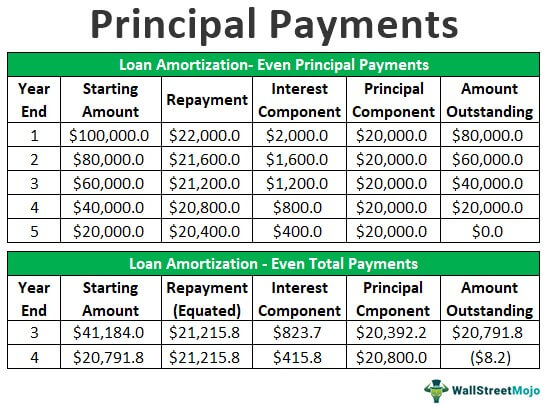
However, the term that involves J2 is not considered here. E with contribution from angular momentum. Hamiltonian’s nth eigenvalue refers to the energy, i.e. Moreover, particles that are in a time-independent potential have the nth given value of Hamiltonian, as per the Schrodinger equation. Hence, the ‘n’ value of an electron in caesium can range from 1 to 6. For instance, in caesium (Cs), the outermost valence electron within the shell has energy level 6. Here, the value on ‘n’ starts from one and gradually increases to the shell that contains the outermost electron of a particular atom. This principal quantum number portrays the electron shell or energy level of an atom. The spin quantum number is a half-integer value that is either -1/2 (referred to as "spin down") or 1/2 (referred to as "spin up") (called "spin up").

As a result, for the p orbital, where l=1, m might be -1, 0, or 1. With integer values ranging from -l to l, the magnetic quantum number is the orbital's orientation. l is less than or equal to n-1 and bigger than or equal to zero. The value of the electron's orbital is represented by the angular momentum quantum number (s=0, p=1). The value is one or more (never 0 or negative). The number of the electron's shell is the primary quantum number, which is an integer. A half-integer or integer value is used to represent each quantum number.

No two electrons in an atom may have the same set of quantum numbers, according to the Pauli exclusion principle. Quantum Numbers are a collection of four numbers that may be used to obtain all of the information about all of the electrons in an atom, including their energy, location, space, kind of orbital occupied, and even the direction of that orbital. The numbers that designate and distinguish various atomic orbitals and electrons present in an atom are known as quantum numbers. The orbital properties are utilised to thoroughly define an electron's state and are expressed in terms of three numbers: An atom is made up of a vast number of orbitals that are distinguishable from one another by their shape, size, and spatial orientation. The position and energy of an electron in an atom are described by quantum numbers, which are a collection of numbers. Ms stands for the electron spin quantum number.
/simple-interest-overview-and-calculations-315578_FINAL2-22eacad1fb2749c0affa42bfd4b5c4cd.png)
The quantum number of orbital angular momentum (also known as the azimuthal quantum number) is indicated by the letter l. The following four quantum numbers can be used to fully characterise all of the characteristics of an atom's electrons: Consequently, do learn the significance of quantum numbers in detail. Not only do you need to learn about this topic for your syllabus, but also because it is vital for future curriculum in various examinations. Notably, this is a crucial topic in your syllabus. Additionally, the quantum numbers of every electron in an atom are combined it should obey the Schrodinger equation. Quantum numbers are used to define the trajectory and movement of an electron within an atom. Electronic quantum numbers (quantum numbers that describe electrons) are numerical quantities that provide solutions to the Schrodinger wave equation for hydrogen atoms. Quantum numbers are the values of the conserved quantities in a quantum system. The Schrodinger equation must be met when the quantum numbers of all the electrons in an atom are summed together. The route and mobility of an electron in an atom can be described using quantum numbers.


 0 kommentar(er)
0 kommentar(er)
